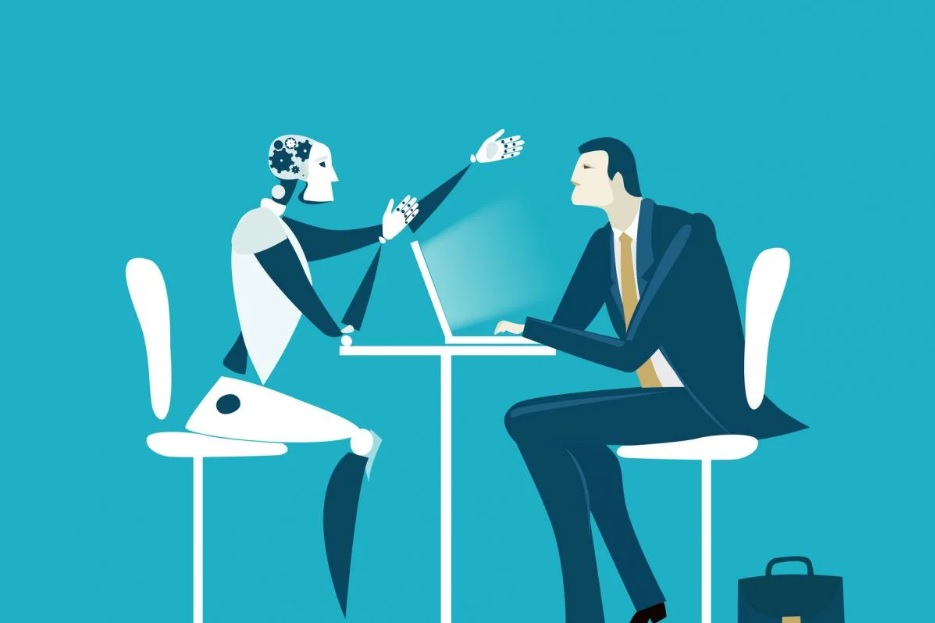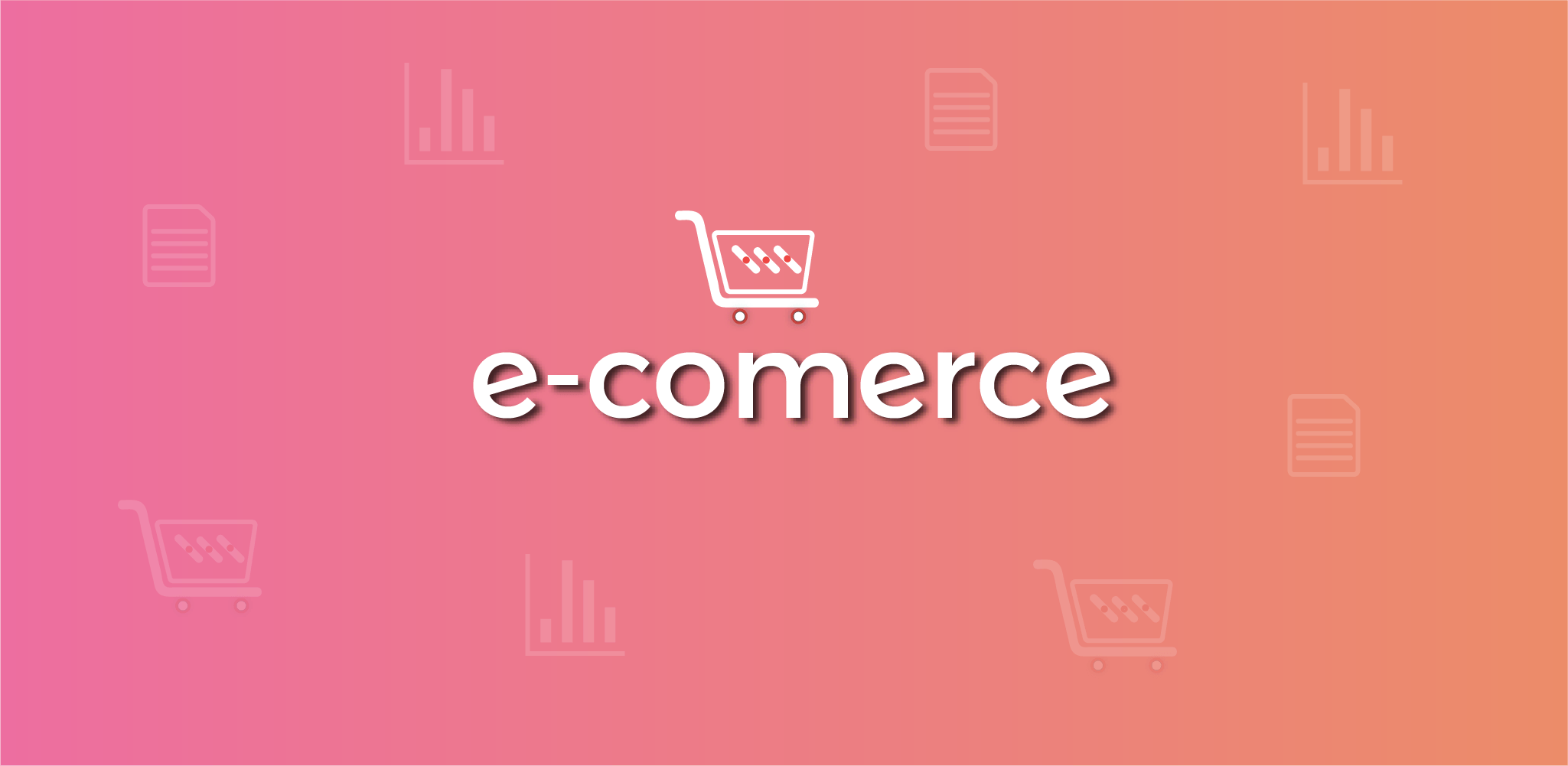In the competitive ecommerce industry, if you want to survive and succeed, you always have to optimize both your product offering and customer experience. To do that, you must offer them a personalized shopping experience.
Why You Need to Personalize Experiences
As Rob Maille, head of strategy and customer experience at CommerceCX has said. “Every business should make their customers feel like they are the most important customer in the world,”. So how to make your customers feel like that? The answer is you need to know and anticipate their wants and needs to deliver the most frictionless shopping experience possible. Once customers feel like they are treated well, they tend to purchase more goods.
Customers are willing to pay a premium for more personalized experiences.
Kris Goldhair, strategic account director at KBMax said: “Research from Deloitte found that one in four consumers are willing to pay more for a personalized product, and that reflects what we’re seeing in the market,”.
There is an obvious fact that customers expect relevant offers – products they care about. Plus, presenting prospects with too many options may lose sales. According to Accenture, nearly 40% of shoppers have left a store to buy from another site because of too many options make them feel overwhelmed. Even if they don’t leave, almost 75% of your potential customers will be frustrated items that are not specific to them. For this reason, you should help shoppers find the right products. The solution to this problem is eCommerce Personalization.
Data Collection
Data collection is the foundation of personalization. Here are critical data collection points that power ecommerce personalization:
- Traffic.
- On-site interactions (category and product page visits).
- Email.
- Personal Data.
- Paid Media Pixels (both social and search).
- Purchases.
- Search.
- Pricing.
Traffic
- Data Segments: Traffic Segments: Geo, Returning vs First Time Visits, Referral Traffic, Device
- Personalized factors: Currency, Content, Product Display On Category pages, Onsite Popups
- Tools to help: Exit Intel, Nosto, BigCommerce has an inbuilt currency converter
- Best for: Small, mid-tier and enterprise
Personal Data
- Data Segments: Name, Gender, Location
- Personalized factors: Onsite Popups, Onsite product recommendations, Email product recommendations, Paid media recommendations, Welcome messages
- Tools to help: BigCommerce, Nosto, Exit Intel, Justuno, Omniconvert
- Best for: Small, mid-tier and enterprise
Email
- Data Segments: Newsletter Subscribers, Cart Abandonments, New Customers, Repeat Purchasers, High-Value Customers, Non Purchasers
- Personalized factors: Newsletters, Marketing automation, Product recommendations, Sales Offers, Special Events, Surveys
- Tools to help: Klaviyo. dotmailer
- Best for: Small, mid-tier and enterprise
Paid Media
- Data Segments: Funnel Data: All Visits, Product Page Views, Category Page Views, Add to Carts, Checkout Sessions Purchases
- Personalized factors: Retargeted Advertising on Facebook, Google, Content Discovery Platform
- Tools to help: Perfect Pixel, Criteo, Perfect Audience, Adroll, Taboola Outbrain
- Best for: Small, mid-tier and enterprise
You might also interested in eCommerce Awards 2019
Onsite Product Recommendations
- Data Segments: Product
- Personalized factors: Product displays on category pages, Upsells and cross-sells on Product pages, Cart and Checkout
- Tools to help: Rich Relevance Nosto, Segmentify
- Best for: Small, mid-tier and enterprise
Onsite Search
- Data Segments: Search queries
- Personalized factors: Search results, Product recommendations
- Tools to help: Algolia, SearchSpring
- Best for: Mid-tier and Enterprise
Push Notifications
- Data Segments: Traffic: Geo, Name, Onsite Behavior
- Personalized factors: Announcements
- Tools to help: PushCrew
- Best for: Mid-tier and Enterprise
Pricing
- Data Segments: Customer Location, Customer Type i.e. returning vs first-time customers, Product price
- Personalized factors: Dynamic Pricing
- Tools to help: Omnia, Prisync, Wiser
- Best for: Mid-tier and Enterprise
Post Purchase
- Data Segments: High-Value customers
- Personalized factors: Packaging, Product recommendations
- Tools to help: Thank-You Cards and Personal Notes,
- Best for: All businesses
All-In-One personalization Platforms
- Data Segments: Customer Data, Purchase History, Onsite Activity, Marketing Automation
- Personalized factors: Single Customer View
- Tools to help: Ometria, Monetate Barilliance
- Best for: Enterprise
Checkout Page
- Data Segments: Customer Data, Geo Data
- Personalized factors: Location information i.e. default to the country of shoppers’ IP address, One-click checkout
- Tools to help: BigCommerce
- Best for: Small, mid-tier and enterprise
Artificial Intelligence

With nowadays technology innovation, artificial intelligence (AI) is gradually replacing people in manual tasks as well as complex computational tasks.AI help e-commerce businesses provide better online customers’ experience by customizing the shopping experience. It can be seen as a bridge connecting customers and e-commerce retailers.
“The deployment of AI-powered conversational marketing tools is a key first step,” noted Zoovu’s Assous. “Conversational marketing tools are able to guide consumers through the buyer journey to ensure that consumers are able to identify their ideal products and make the appropriate purchase accordingly. Recent data shows that 81 percent of consumers said using a digital sales assistant would increase their purchase decision-confidence.”
After collecting customer data, AI will be an invaluable tool. By using AI effectively, you can deliver a unique experience to each customer, which improves the chances of driving conversions.
“It all starts with creating a streamlined personalization and buying experience with a solid CPQ (configure, price, quote) solution,” said KBMax’s Goldhair.
Although customizing customer experiences and products is expensive, it is worth the investment. However, you should know that delivering a truly customized shopping experience is a long process.
“What’s most important to remember is that digital transformation doesn’t need to happen overnight,” said Goldhair. “Companies should slowly chip away in order to prevent overspending on unnecessary technology. By taking everything one step at a time, manufacturers can take advantage of revolutionary tech while slowly changing their processes and avoid feeling overwhelmed.”
The Future of Personalization
It is predictable that in the future customizations will continuously evolve into ever more personalized shopping experiences. Because customer expectations are unlimited and diverse, you have to offer instantaneous personalization. It means the pathways between ordering, manufacturing, and shipping will need to be seamless.
Overtime, personalization will cover all the aspects of of the shopping experience, from a customer’s initial browsing to the manufacturing and shipping of products.
LogMeIn’s Lester said “As personalization continues to mature, we’ll see it move from a reactionary mode — that is, answering a question in a contextual and tailored way — to more of an assistive role, where technology will be able to keep a perpetual conversation with the customer going so that companies can better identify their customers’ needs. This creates long-term engagement that can result in additional purchases and brand loyalty.”



